Key Takeaways
- Utilize the circle of the sea druid for a unique character from beneath the surface and explore above.
- Druids fit the Lone Wolf concept perfectly, living in nature away from society, with room for character growth.
- Consider a fairytale concept – a character raised by animals or fey creatures, adapting to urban life.
Connected to nature, druids are one of the most powerful options you have available to you in Dungeons & Dragons. They can cause lots of damage, take damage from enemies and even heal themselves or their friends. Quite the whole package. However, what is the point of creating such a powerhouse if you have no idea what to do with the backstory?
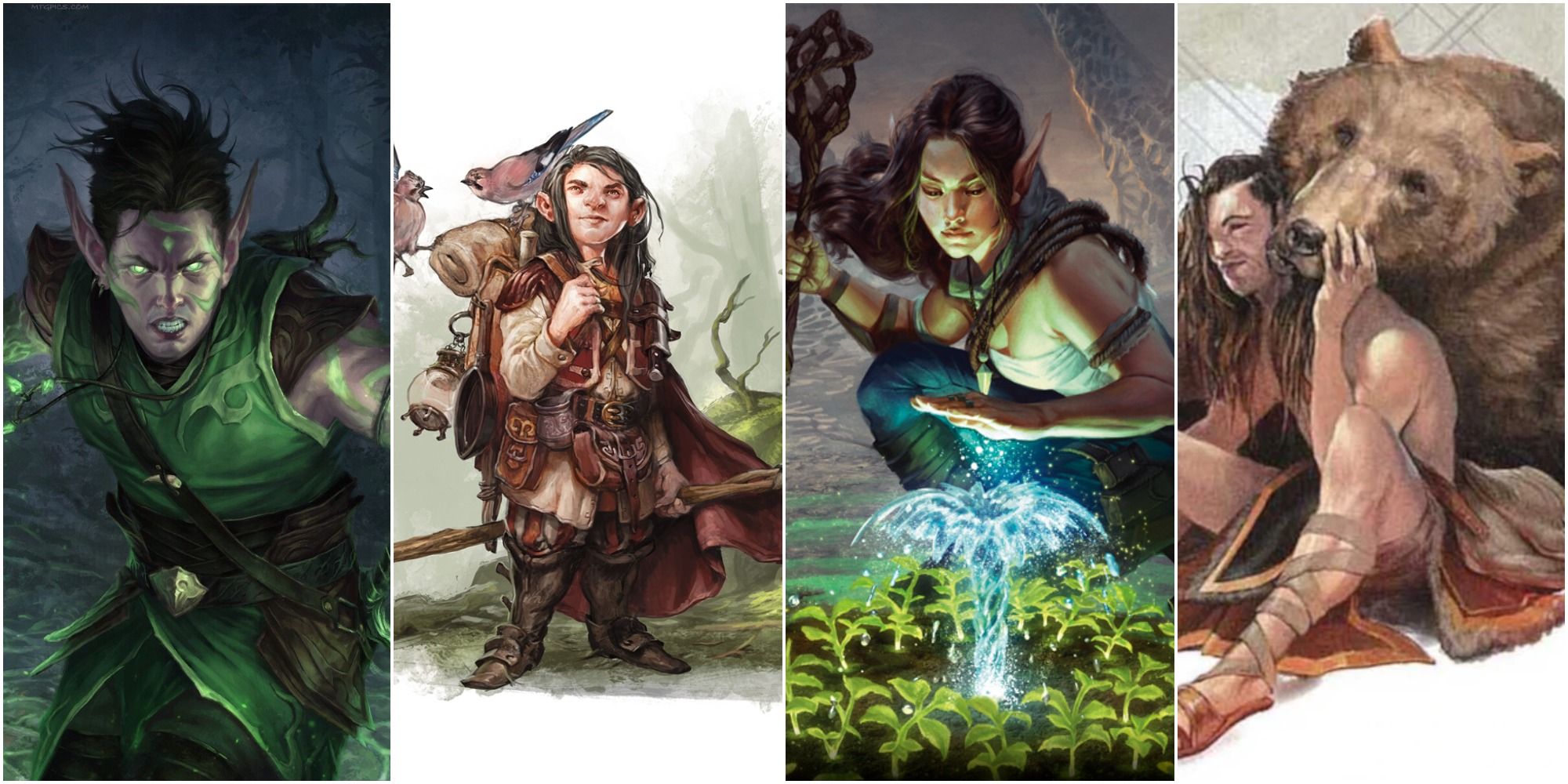
Related
Dungeons & Dragons: 10 Things You Should Never Do As A Druid
Be sure to avoid these mistakes while playing a Druid in your latest Dungeons & Dragons campaign.
Their stories separate the characters from actual people, and so thinking about where they’re from and what they did makes them more complete. Thus, here we have some concepts to offer you. Feel free to use them or even combine them for your character.
Updated on November 19, 2024, by Lucas Olah: We’ve got fresh druid backstory ideas out of the oven just for you. Along with revisiting some of the backstory concepts, we decided to add a few new ones. These new ideas also take into consideration the default subclasses for druids in the 2024 Player’s Handbook, so you can ensure that the way your character behaves in-game with their mechanics and stats matches the story they have.
13
Underwater Civilization
Down Where It’s Wetter
The Player’s Handbook introduced the circle of the sea druid, which is perfect for characters who come from underneath the surface. Whether it’s from a big city inspired by something like Atlantis or a small underwater tribe, you can do quite a lot with this idea.
This is also a great opportunity to use species that don’t appear often, such as a sea elf or a triton, and your motivations can simply be exploring the whole world that exists above yours. It’s a great opportunity for a highly unique character.
12
Sailor
Follow The Stars
Another fun pick to connect yourself to the aquatic side of nature is by being a sailor. It doesn’t need to be a highly advanced ship, though a druid can still work well in a more technological vessel, like a ship from colonial times.
While you can use the sea druid here as well, we’re actually recommending it because of another subclass: the circle of the stars. Someone who understands constellations and guides themselves through them is a perfect fit for a ship. It also works on Spelljammers.
11
Wanderer
See The World
Stars druids can also guide themselves through the land and be a sort of nomad character that goes everywhere they can. Still, this concept works well for the circle of the land, and the place you’ve been wandering can connect to the type of land you choose for your druid.
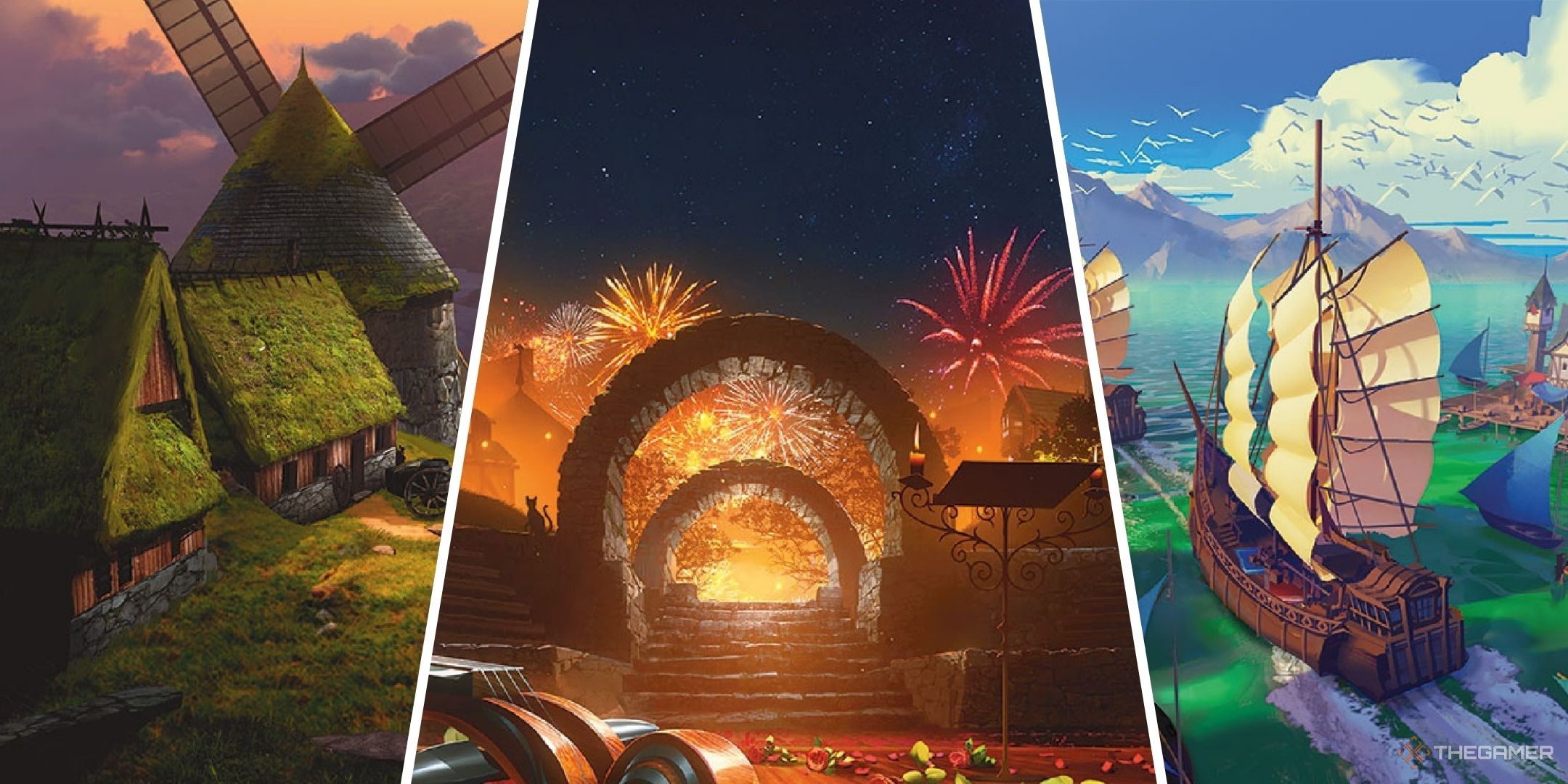
Related
Dungeons & Dragons: 7 Best Backgrounds In The 2024 Player’s Handbook, Ranked
Here are the best backgrounds in the D&D 2024 Player’s Handbook!
Learning as much as you can about the whole world also works as a great motivation to travel – with an adventuring party – and protecting it from the damage caused by the bad guys is a good reason to get involved.
10
The Lone Wolf
Literally
Druid is probably not the class many people associate with a Lone Wolf type of character, but it’s actually one of the best fits. A person who secludes themself from everyone and lives in peace outside of civilization, instead preferring the company of nature and its animals.
Perhaps the city you’re from blames you for a big crime. Maybe you just can’t stand people altogether, but now are learning to be okay with people again thanks to your new party. Besides, not many Lone Wolves can turn into actual wolves.
9
Tribesman
Don’t Dismiss It For Being Obvious
Tribesman is a more obvious choice for druids, but an efficient reason to justify you as who you are. Your whole community lives within nature; it’s where you were born, and it’s where you’ve learned and mastered your powers. You could even be the Shaman of the tribe.
You just need a reason to ditch them, and you’re good to go. Revenge, a rite of passage, a desire to explore the world. Regardless of the motivation, this is likely the easiest explanation for your behavior and powers.
8
City Person
Search For Nature
Do you enjoy contradictions in your plot? Because you can do that. Just because you’re the one in contact with nature, it doesn’t mean you need to be from forests or something similar. Why not instead be from one of the most urban locations of your scenario, where the lack of nature upsets you?
You wish to study and understand this part of the world that has nothing to do with you and maybe one day be part of it. That also covers your motivation, since that’s a beautiful reason to leave your city.
7
The Avatar
A Different Kind Of Cleric
No, we don’t mean mastering an element — though you can master fire. We don’t mean blue aliens either. You can take a page out of the Warlock’s book — or even the Cleric’s — and be the representative of a powerful entity or deity of the world.
And what does that have to do with druids? Well, just make sure it’s a nature-related being that is giving you powers, and everything fits nicely. Maybe your Wild Shape comes from summoning animal spirits, for example. Druids are perfect for this type of background.
6
Experiment
A Different Kind Of Shapeshifter
Experiments are another fun way to explain your Wild Shape powers and add some tragedy to your background. Someone’s been trying to advance science in the world, and you were their subject. Experiments involving transformations gave you the power to change into animals.
This idea also comes with a good motivation: revenge on those who tortured and experimented on you. Sadly, it won’t help justify all other druid traits, but you could’ve lived in the woods for a while after escaping, perhaps. All this makes this idea a good match for the Lone Wolf, too.
5
Assassin
Perfect For B&Es
Yes, you’ve read that right, and no, you don’t need to be a rogue to be an assassin — though if you want to multiclass these two, that’s up to you. A fun concept for an assassin-like character is the ability to change forms. A changeling would be a fun species, for instance.
However, being able to turn into an animal is the perfect cover and infiltration method. Who’s going to think a rat just assassinated someone? Not to mention how easy it can be to infiltrate places as a spider. Alternatively, a spy character would also work wonders, and you don’t need to worry about killing people.
4
Anti-Civilization
If you wish to be an evil character, you can use a concept that is similar to Poison Ivy; someone who despises civilization for the damage it causes to nature, and your goal would be to antagonize it.
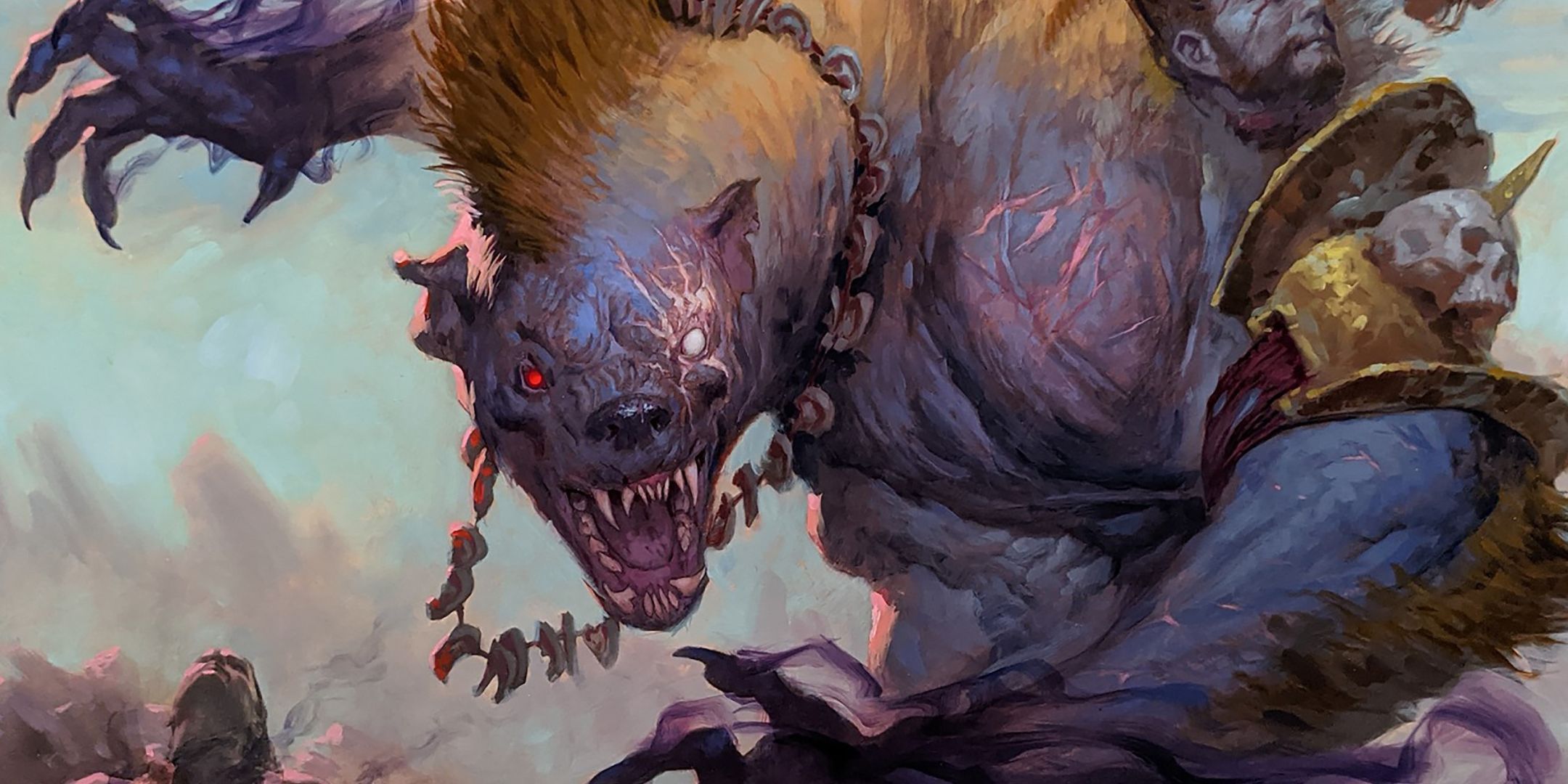
Related
Dungeons & Dragons: 6 Ways The Druid Class Is Changing In The 2024 Player’s Handbook
It’s taken up a wild shape this time around.
Though that is a concept for a villain, an adventurer can try a more decent route by trying to change cities and people’s minds with their ideas instead of destroying everything and being marked as a bad guy – it even matches well with City Person, so you can try to bring some nature into a big metropolis. Still, it’s a fun idea for a villainous campaign, too.
3
Burned Home
Avenge The Animals
In other words, revenge. A powerful backstory and motivation altogether. You didn’t leave nature because you wanted to; you left it because you were forced to. Someone destroyed the area you used to live in, killing animals, plants, fey creatures, and everything else that lived there. Everything, except for you.
What happened? Who did this? Well, that’s your little mystery to uncover. It’s also pretty easy to mix this idea with other ideas offered here, so you can make a more fleshed-out character.
2
An Actual Animal
The Ultimate Plot-Twist
This concept sounds silly at first, and you’ll have to talk to your DM to homebrew things a bit. But the fun part is that you’re not a person who can turn into animals, but instead, an animal who can turn into other animals — and a humanoid creature, so you can pretend to be a person.
You just need to see whether the DM is onboard, what animal you’ll be, and how you maintain a humanoid form for so long. Your party members will surely be shocked when they find out your dog transformation isn’t actually a transformation.
1
Raised By Nature
Take A Page From The Jungle Book
A fairytale idea for your character is always fun. A baby found by animals or, to make things more logical, a fey creature, such as a Fairy, for example. They found your character alone, forsaken by their biological family, and they took your character in, raising them.
This is also a perfect concept to make a fish out of water — figuratively and literally — because your character won’t understand anything about urban civilizations and will need to adapt to it. Maybe the reason you left nature in the first place is to find out where you should’ve been from. This concept also works for druids who are so used to their animal side that they behave like animals, even in humanoid form.
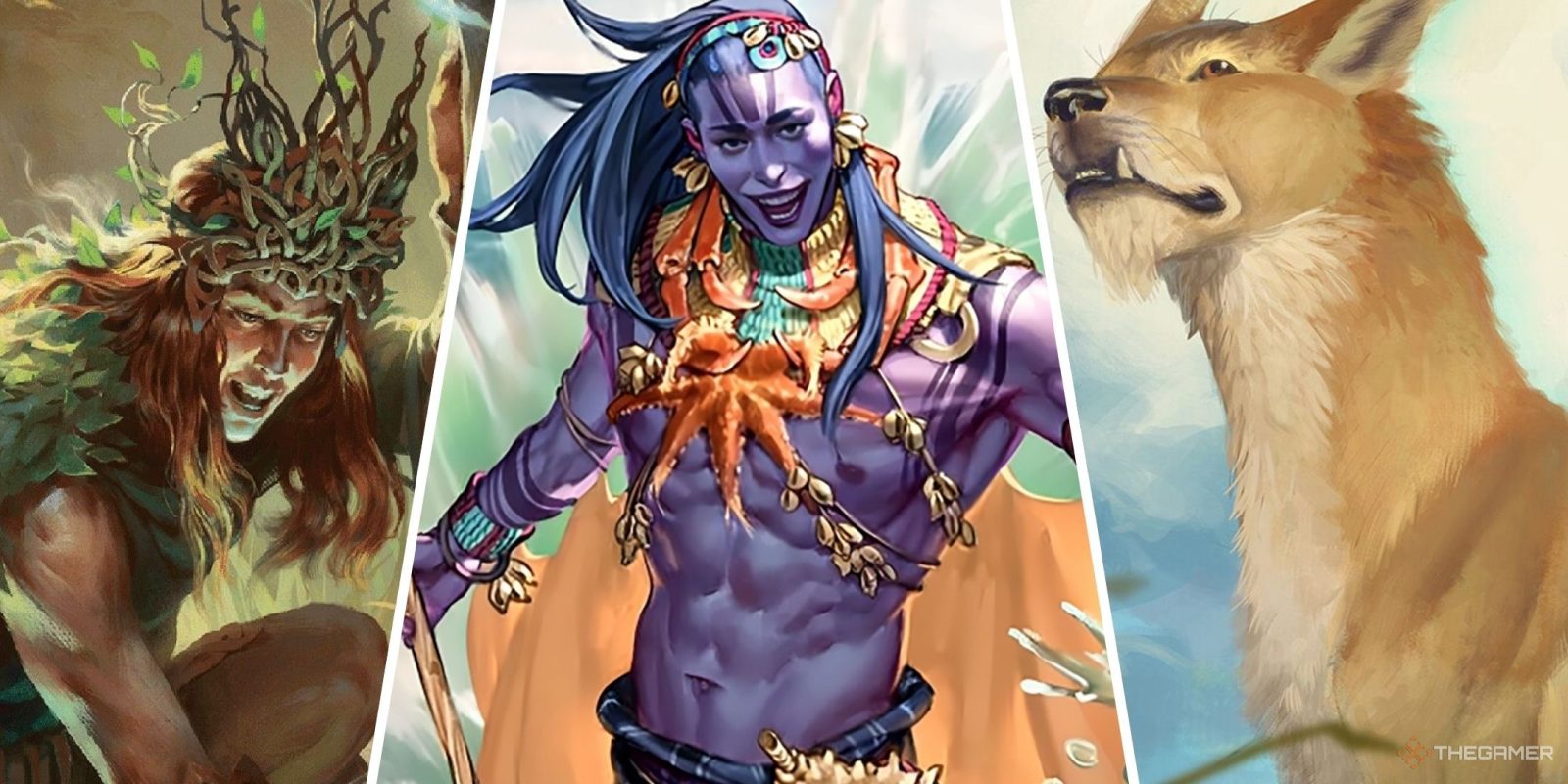
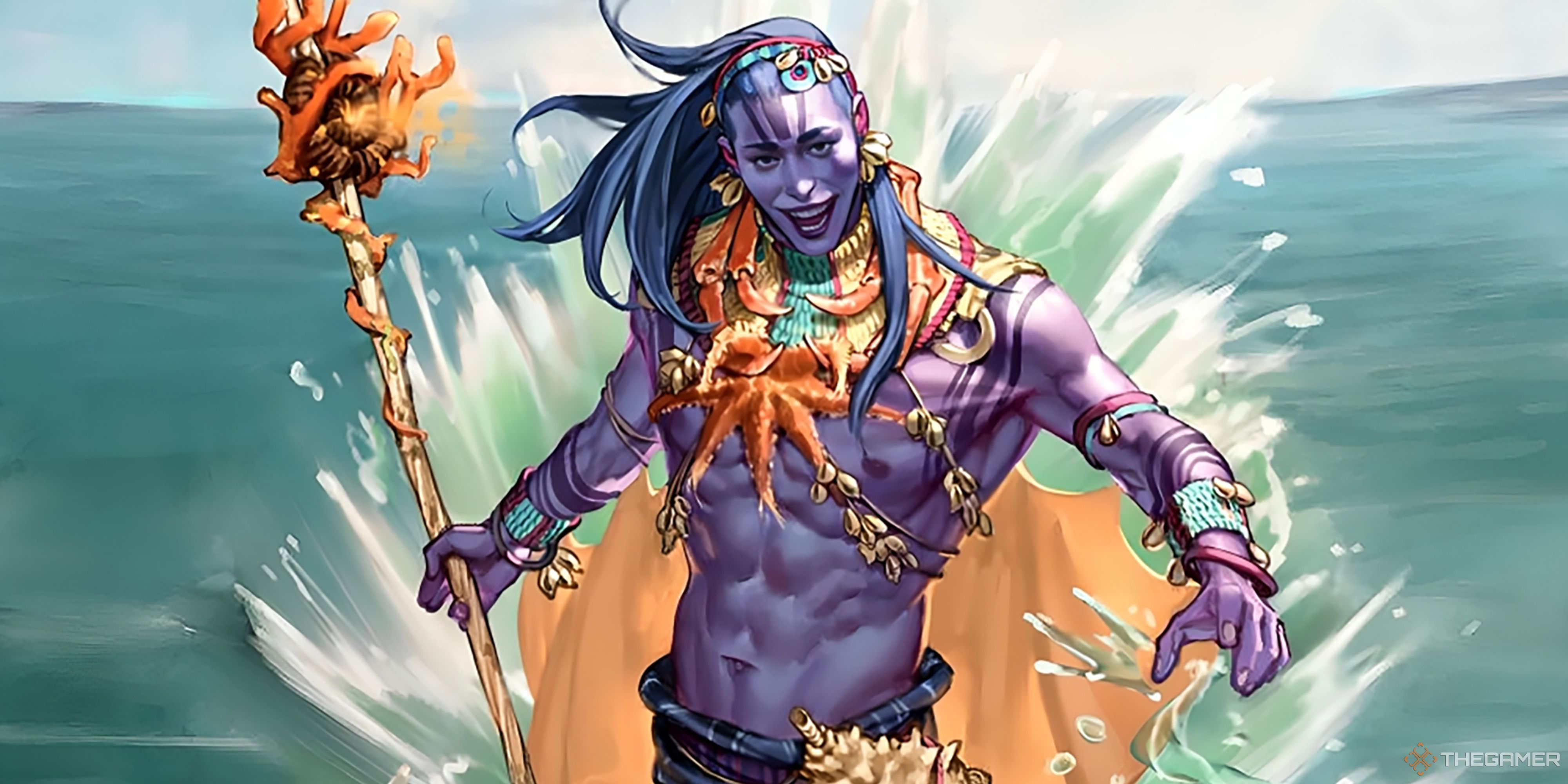
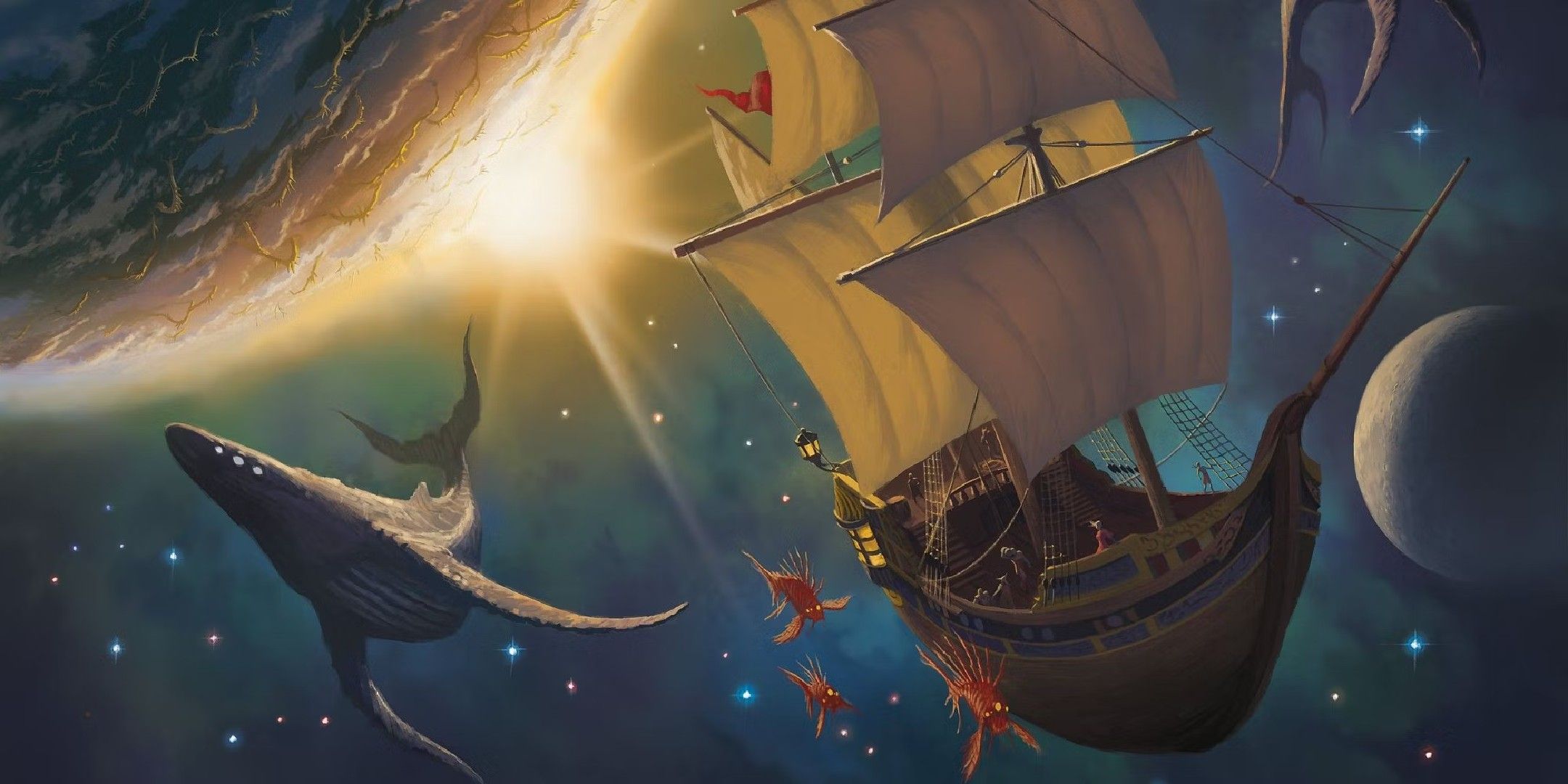
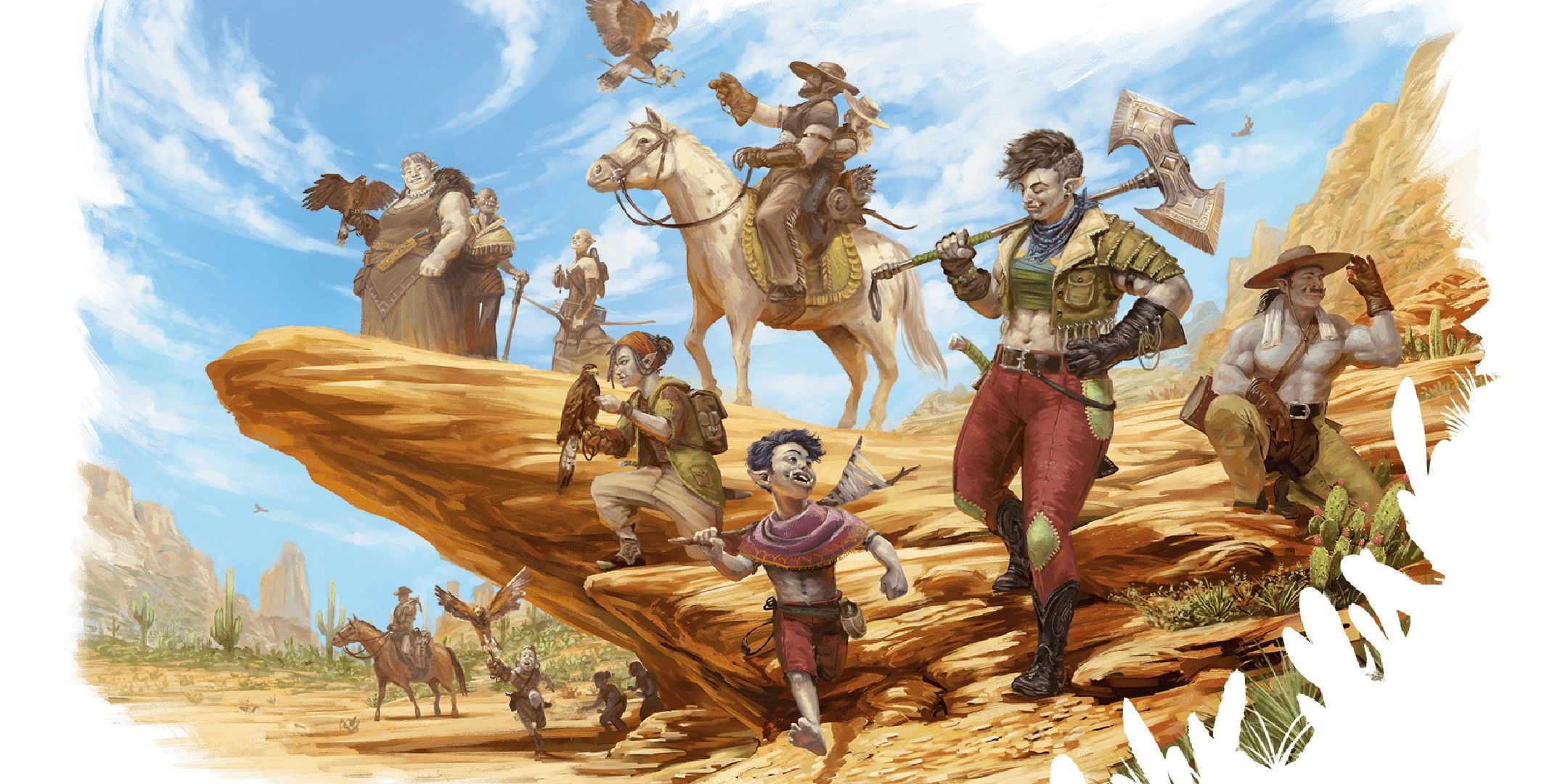
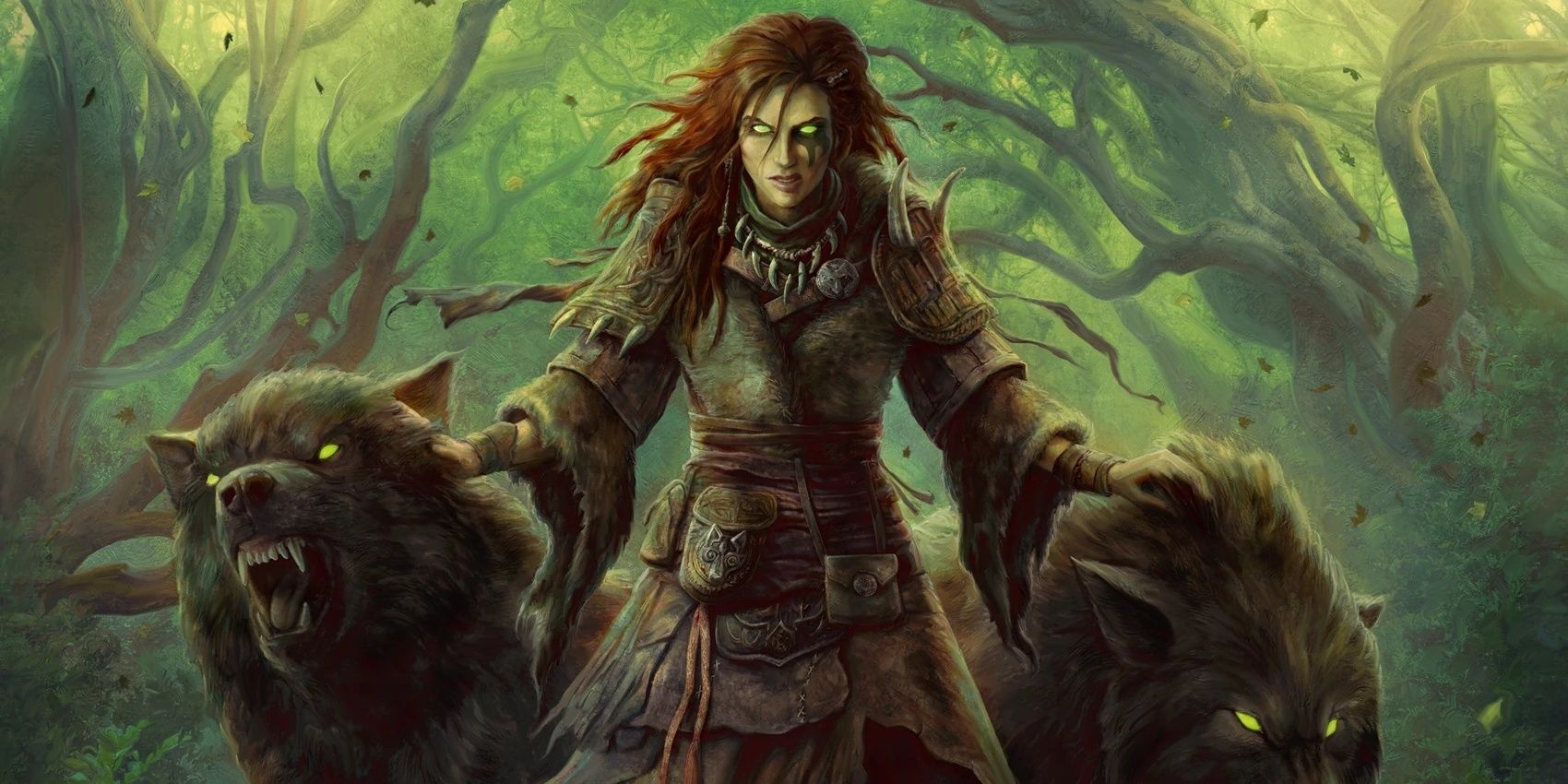
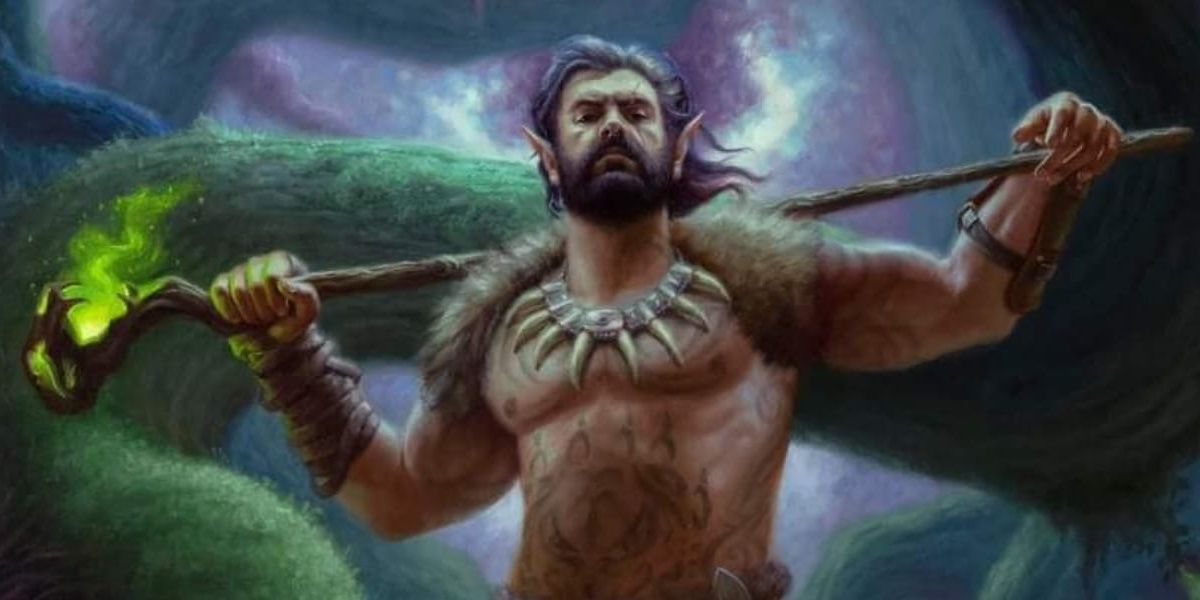
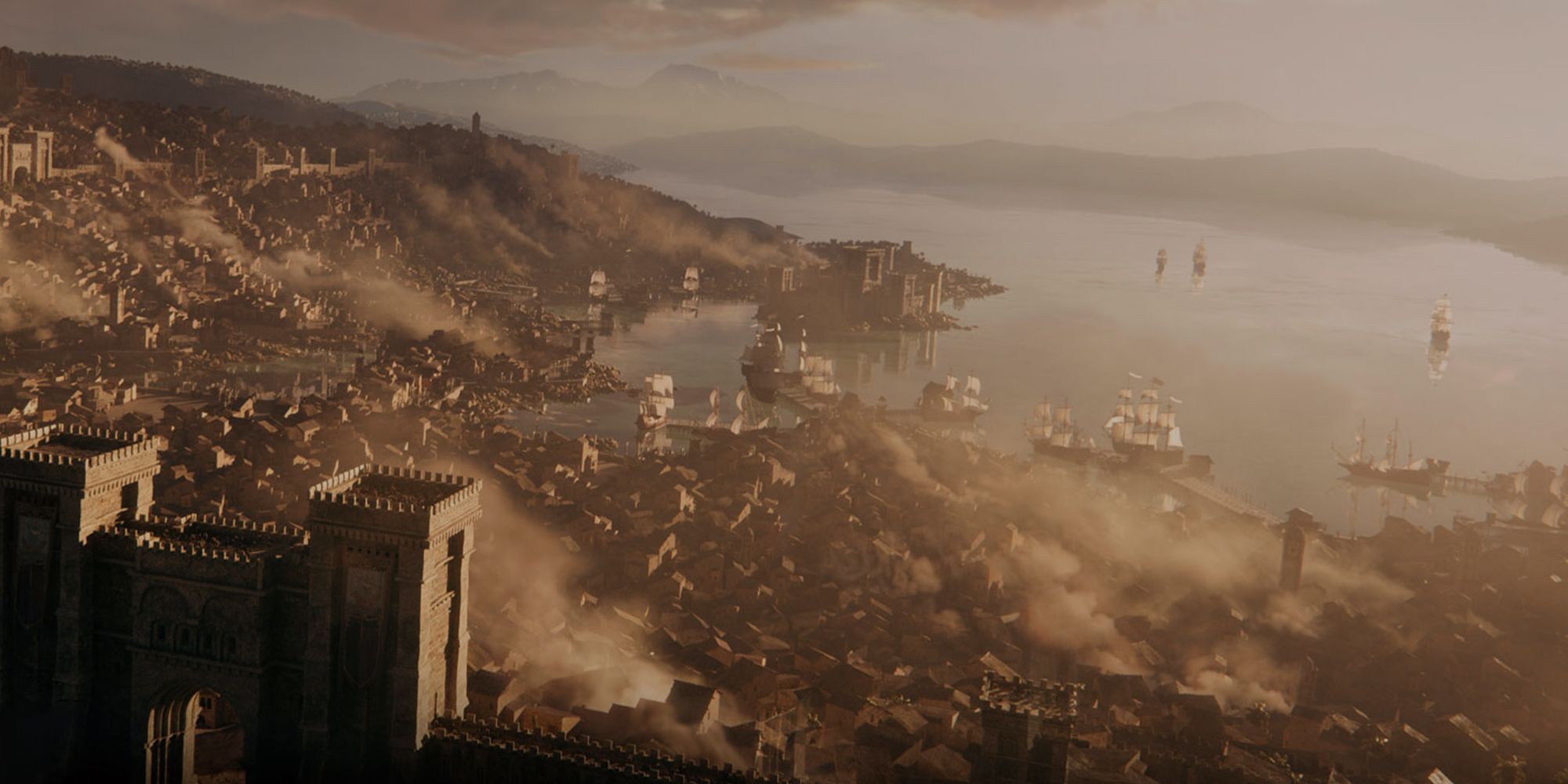
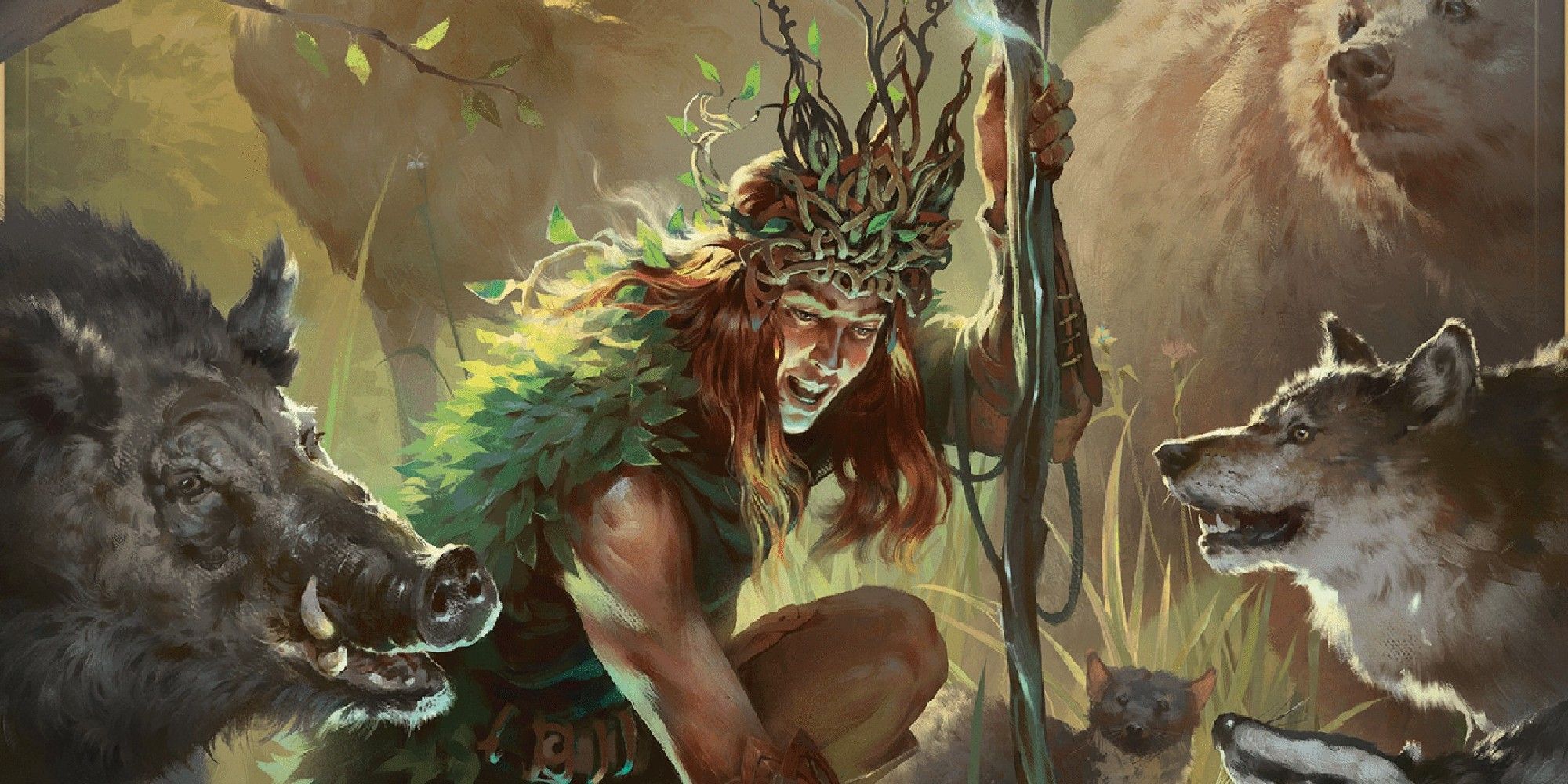
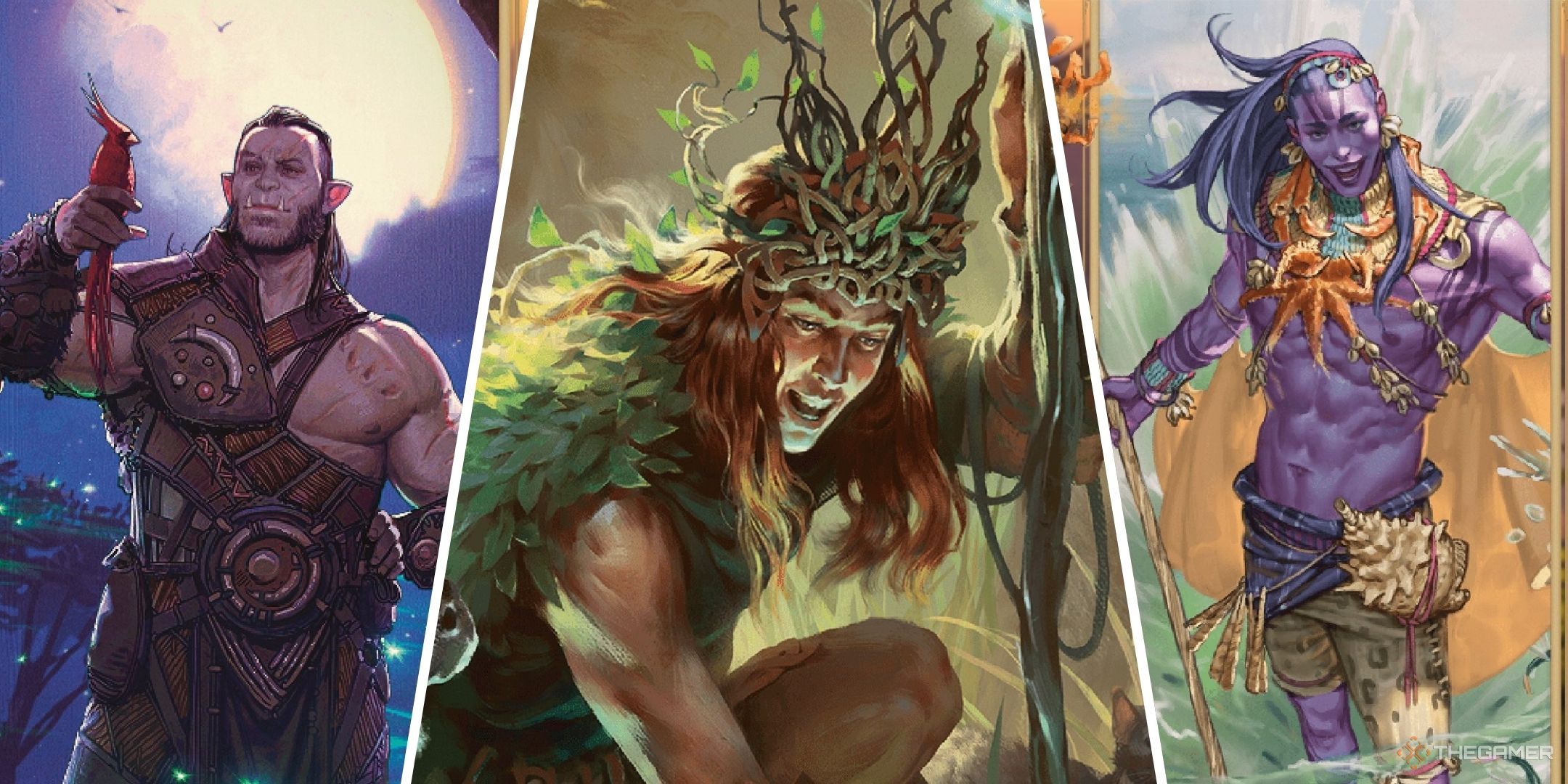
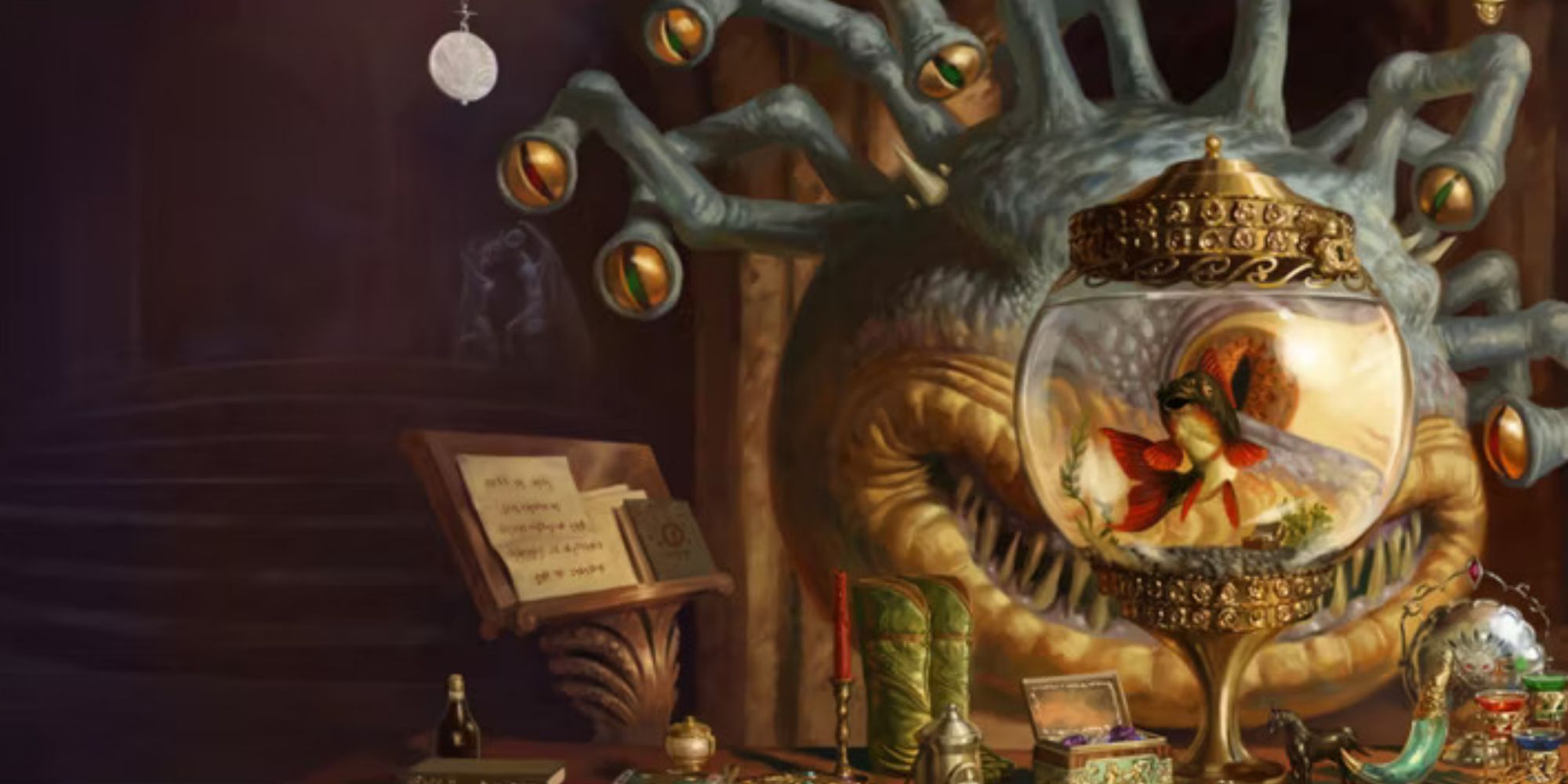
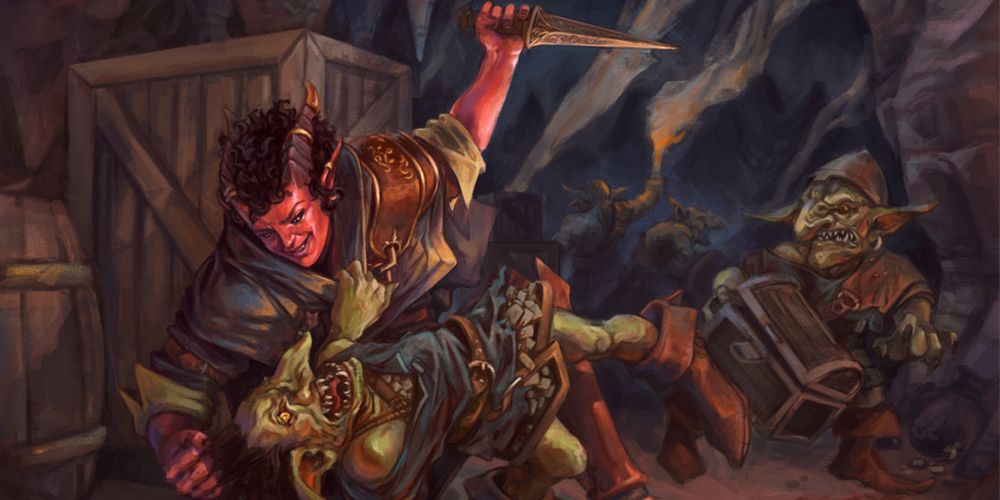
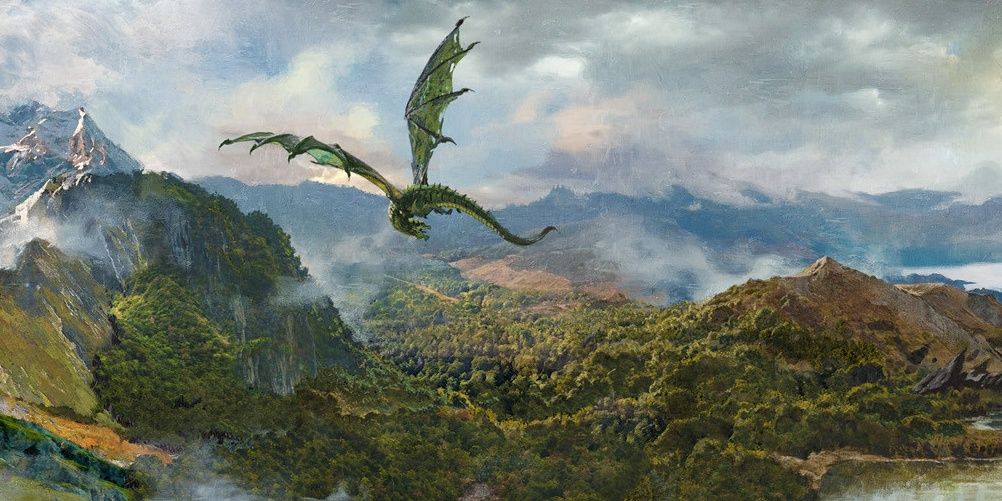
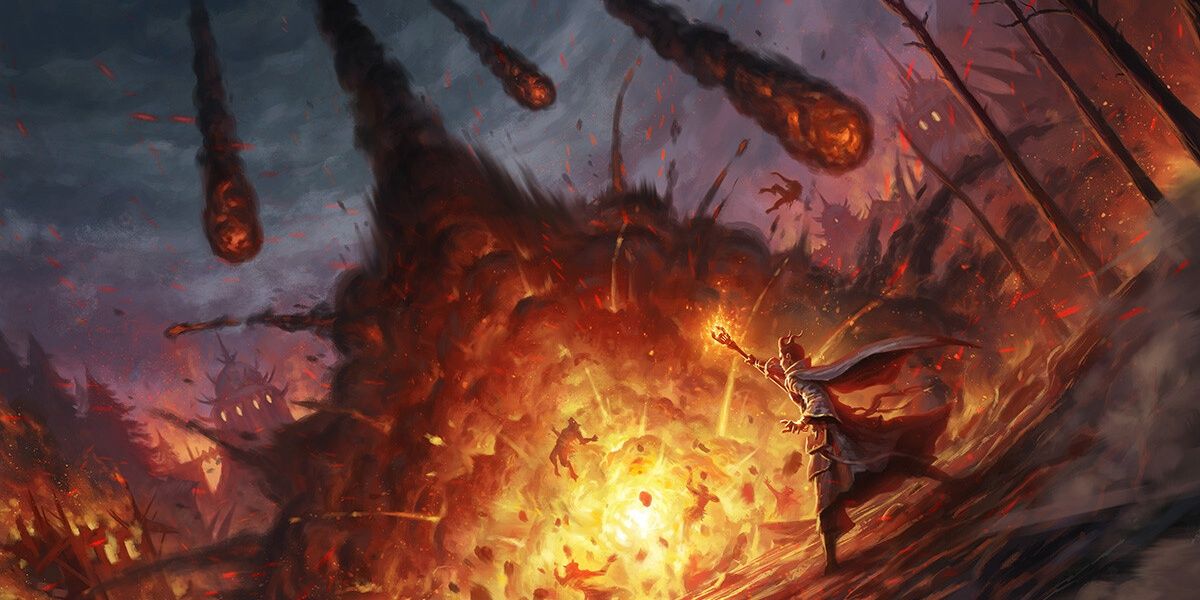
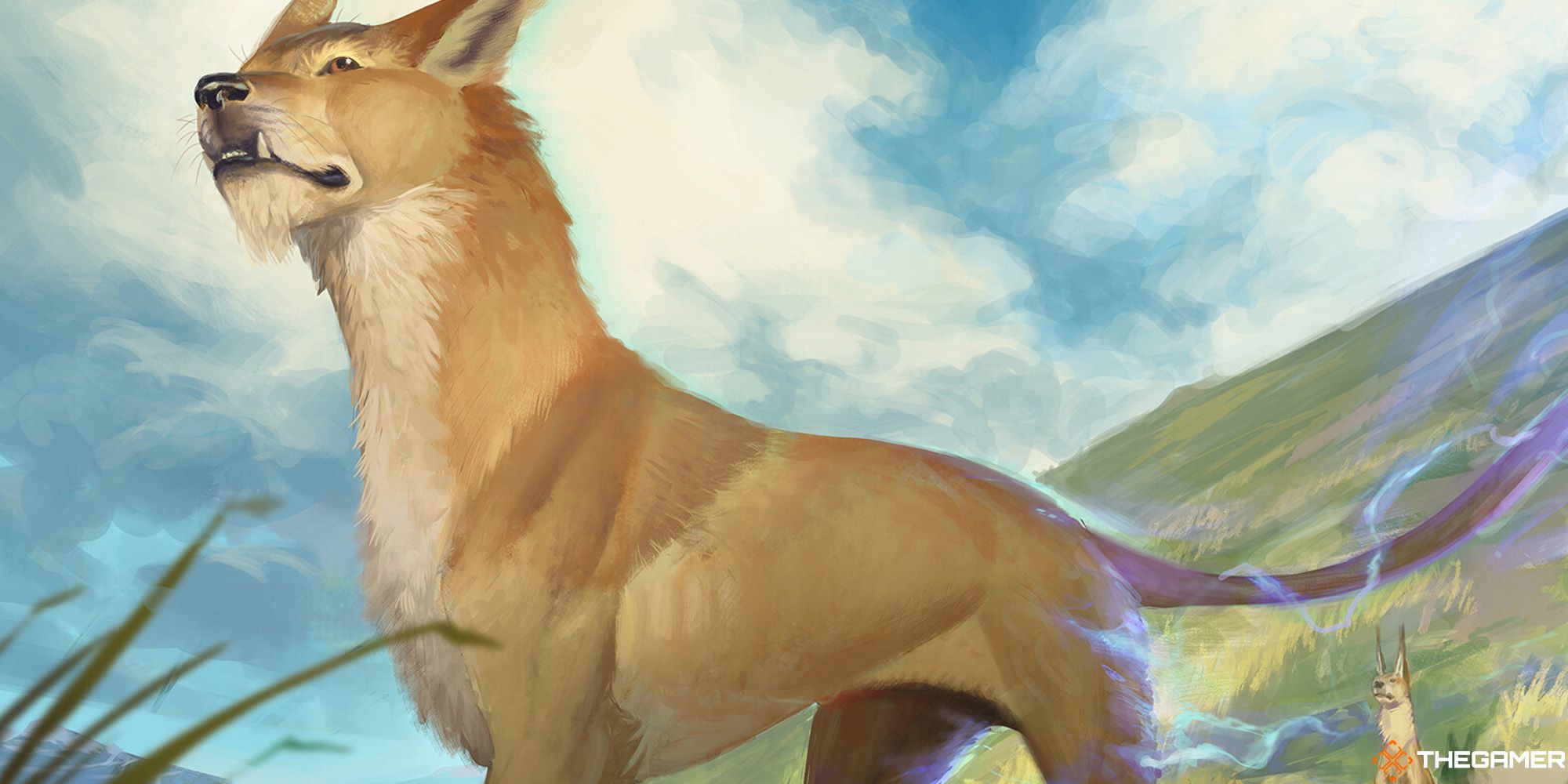



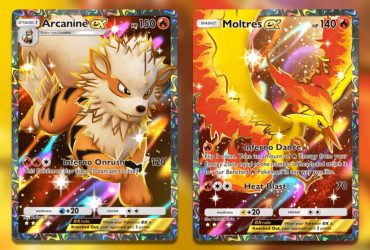
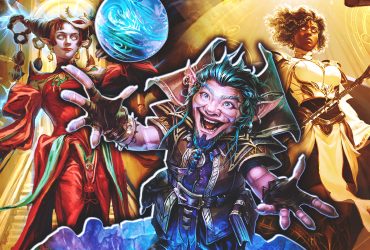
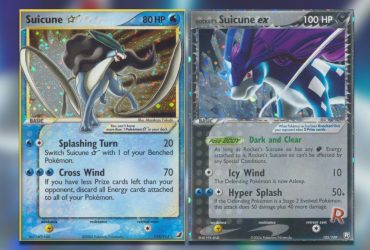

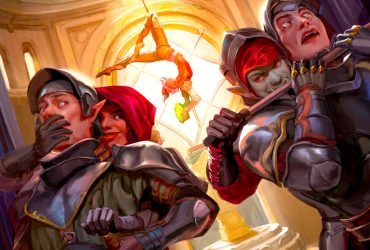

Leave a Reply